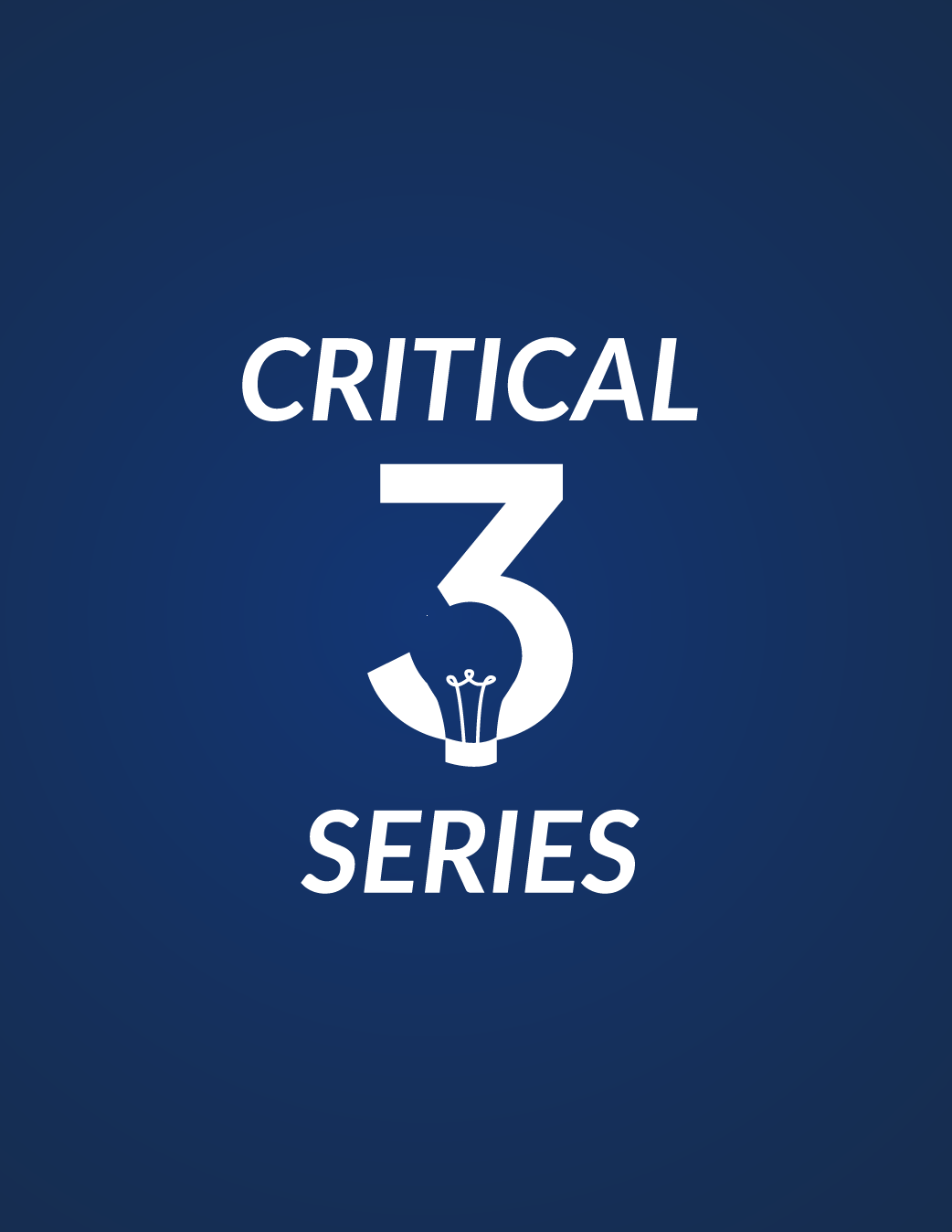


Do you understand the dynamics of your courthouse? Are you involved in scenario based training related to your courthouse security? Jim Brigham shares three critical issues related to enhancing security in your courthouse.

This publication provides a basic understanding of Fetal Alcohol Spectrum Disorder (FASD), tips for recognizing FASD in children and adults, considerations for individuals with FASD involved in the juvenile and family court systems, how individuals with FASD are susceptible to victimization, court examples, and tips for communicating with individuals with FASD.

Courthouses serve as the center of many government, legal, and community activities. They can also be vulnerable to threats of violence for all who use them. Join us to learn effective strategies and best practices to enhance a collaborative courthouse security philosophy. Gather tools and resources from current state and federal court services experts related to security planning, jury and witness safety considerations, and threat assessment and management. Presenters include experts in the areas law enforcement, state and federal attorneys, judges and other court services professionals.

“Tribal Courts: Partners in Justice.” YouTube, uploaded by 7GenFund, 8 July 2011

Discover the impactful sessions and expert-led discussions from the **2025** Court Safety and Security Conference. By exploring last year’s agenda, you’ll understand the value this conference offers, including insights into emerging trends and collaboration opportunities to address pressing challenges. Don’t miss your chance to join us in 2026 for another collaborative learning experience - register now at ncjtc.org/css

Courthouses serve as vital centers of government and community life, making them frequent targets for both calculated and impulsive acts of violence. Unfortunately, despite these clear risks, court security is often overlooked. This course is designed to counter such threats by enhancing staff readiness, learning to conduct thorough physical security assessments, rigorously enforcing safety protocols, and establishing specialized protective security teams. Crafted for both newcomers to court law enforcement and seasoned professionals looking to sharpen and extend their skill sets, the program offers flexible security strategies that can be adapted for a wide range of judicial settings—from municipal and tribal courts to more formal state-level systems.

Do you understand the dynamics of your courthouse? Are you involved in scenario based training related to your courthouse security? Jim Brigham shares three critical issues related to enhancing security in your courthouse.

Learn how tribal courts can develop integrated Domestic Violence Courts to adjudicate all aspects of cases involving Domestic Violence including protection orders, violation of those orders, child custody and visitation, property issues and other aspects to avoid conflicting orders and ensure victim safety.

Often times, the biggest role of a facility dog is to calm and support an individual during stressful situations. Learn what a facility dog is and how they are being used particularly as a school resource officer partner in K-12 schools and/or in tribal court settings. The process to obtain and train a dog, subjective observations, and data collected will be discussed.

From the initial 911 call to the courtroom, real-time crime analysis and rapidly evolving technology are transforming how law enforcement solves crimes and delivers justice faster than ever before. Join us for an engaging webinar that explores the digital tools, forensic innovations, and data-driven strategies that are reshaping modern criminal investigations — both today and into the future. With the belief that we are all digital detectives; this session will take a closer look at the latest advancements powering today’s investigative efforts. As we work to increase solve rates and better serve victims in our communities, the integration of technology into every phase of an investigation is proving essential. Attendees will gain insight through real-world case studies and practical examples that highlight how these tools are being used in the field to solve crimes more efficiently, accurately, and with fewer resources.
